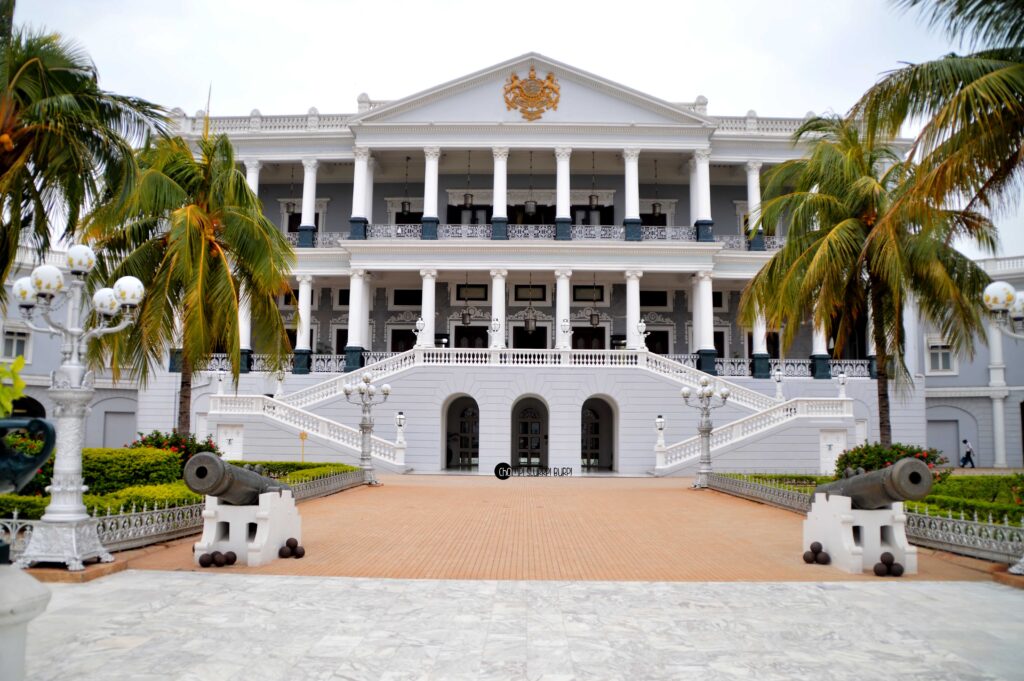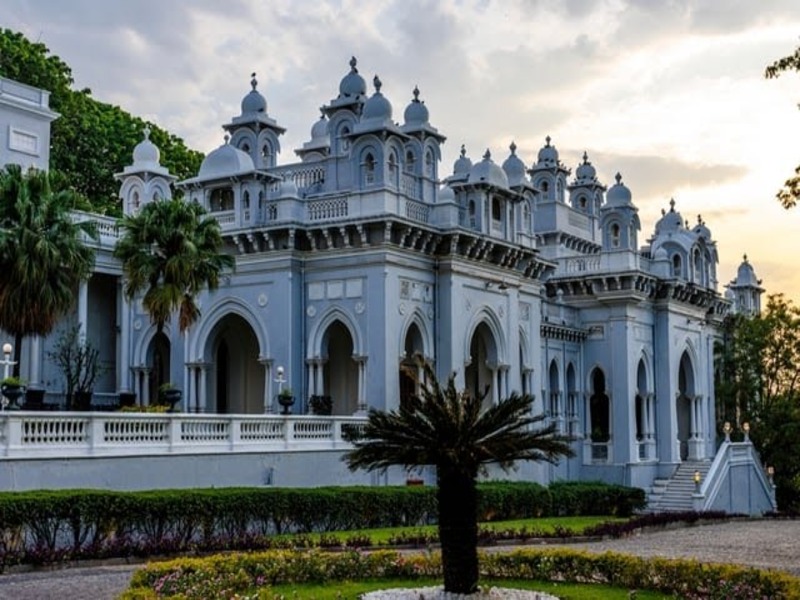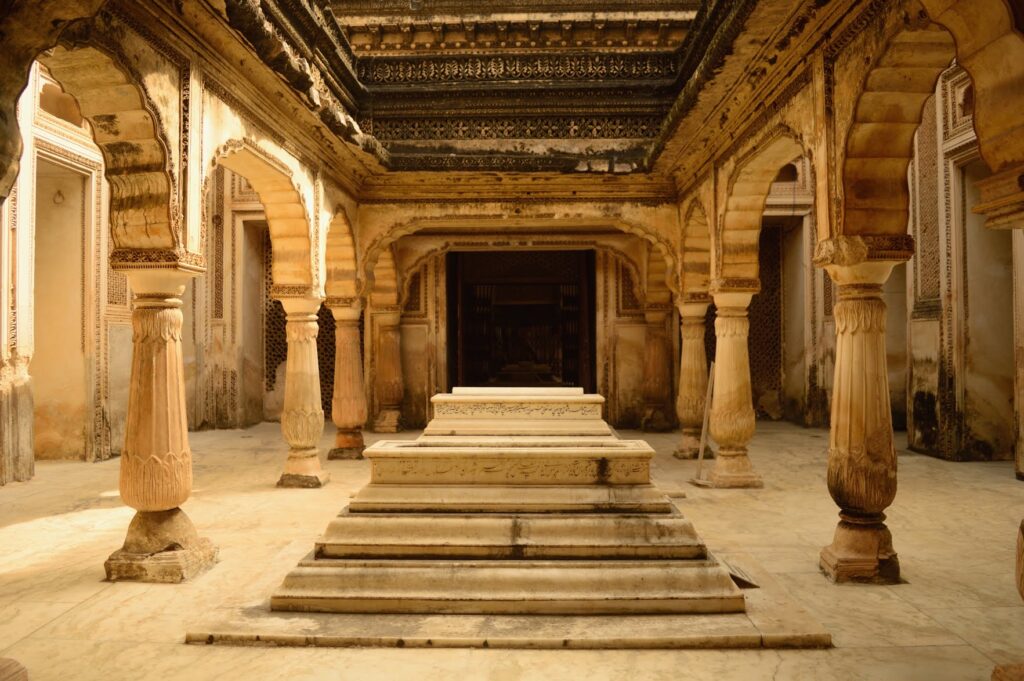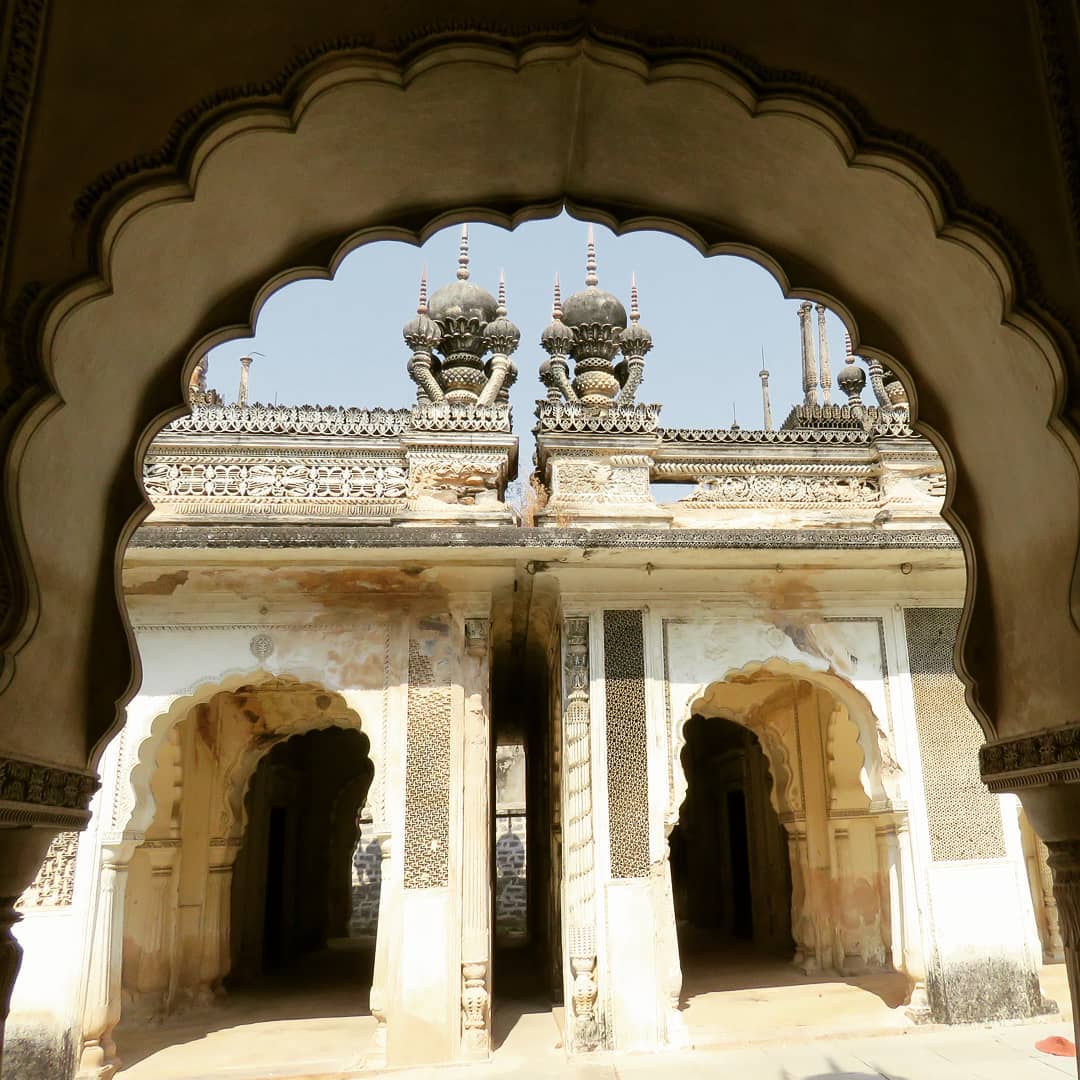Hyderabad, the city of pearls, is known for many things, with Biryani, Haleem, and Charminar topping the list. Built on the rocks and boulders of the Deccan, by emperors and empires long gone, Nizami tehzeeb and ways of living are infused in the blood of all those who call the city of lakes home.
Hyderabad is made up of the twin cities of Hyderabad and Secunderabad. Today, a major IT hub, the city offers a unique blend of a contemporary metropolis and an old-world charm preserved in the narrow lanes and bylanes of Old City.
The history of Hyderabad is shaped by three pertinent dynasties. Hyderabad was founded by the Quṭb Shāhī sultans of Golconda, under whom the kingdom of Golconda gained a position of importance second only to that of the Mughal Empire. The Mughals conquered Hyderabad in 1685. In 1724, Asaf Jah Nizam al-Mulk, Chin Qilich Qamaruddin Khan, the Mughal viceroy in the Deccan, took over the kingdom and ruled independently till 1948 when Hyderabad was integrated with the newly formed country of India.
The Asaf Jahi dynasty produced 7 rulers or Nizams. While the Nizams are remembered and commemorated through their lasting legacy preserved in popular museums and palaces, another significant family of Hyderabad was the House of Paigah, whose contributions to the development of the city are lesser-known but remembered fondly by patrons of art and architecture.
The word Paigah means “pomp and rank” in Persian, and “right-hand man” in English. It was a title given by the second Nizam of Hyderabad to Nawab Abul Fateh Taig Jung Bahadur. The Nawab founded the Paigah family, which was also named Shams-ul-Umra (“The Sun among Nobles”). The Paigah nobles constructed several magnificent palaces, mosques, and tombs that reflect a blend of Indo-Islamic and European architectural styles, and the Paigah jagir was the second-largest in the state, after the Nizams’.
Some of the lesser-known architectural jewels were built by the Paigah nobility, although many of those structures remain forgotten, tucked away in the bustling chaos of present-day Hyderabad.
Falaknuma Palace

Taj Falknuma Palace located in Engine Bowli, Falaknuma, Hyderabad.
Despite having lived in the city for over a decade, I was pleasantly surprised to learn that one of Hyderabad’s most popular attractions, the Falaknuma Palace, was built under the House of Paigah.
Falaknuma Palace, although owned by the sixth Nizam, Nizam Mahbub Ali Khan, was built by the Prime Minister of the Nizams, Viqar-ul-Umra, who commissioned the sprawling structure as his private residence. The story is that when Viqar-ul-Umra invited the Nizam to his residence, the Nizam–who was immensely impressed by the building–kept extending his stay, first for a week and then a month, after which the Nawab humbly offered his palace. The Nizam paid a sum of Rs. 2 Million to the Nawab for his generous gift.
The foundations for the Palace were laid in 1884, and it took nine years for it to be constructed.
The palace, known as “Mirror of the Sky”, is built in the shape of a scorpion with a double stinging tail and is a majestic blend of Italian Gothic and Tudor architecture. It is said that the Nawab wanted to make a European-inspired home for himself after returning from a visit to the continent. The Guardian called the palace “a European masterpiece on the plains of central India.”
The Palace was designed by English architect, William Ward Marrett, who bestowed the structure generously with European influences. Neo-Classical details can be seen in the cast-iron lamps atop the double staircase on the exterior, the cast-iron balconies of the verandah and the plasterwork doorway. The Italianate entrance lobby is graced by a circular marble fountain and murals illustrating landscapes.
The Palace’s entrance lobby is graced by a circular marble fountain and murals illustrating Italianate landscapes.
A library with a carved walnut roof, a replica of the one at Windsor Castle in England, houses old manuscripts and books. Additionally, Burroughs and Watts, heritage snooker manufacturers from England, designed two identical billiards tables, one in Buckingham Palace and the other in the billiards room at Falaknuma. The 101-seater dining table, the largest one in the world, is adorned with rosewood carvings and green leather upholstery. Wall paintings in the dining room depict food items that were Nizam’s favourite.
A collection of Venetian chandeliers, rippling fountains, antique furniture, stained glass windows, marble stairways, statues and decorative prices, murals, portraits, and Rajasthani-styled gardens are treasures of Falaknuma Palace.
The Palace fell into disuse in the mid-1900s. It was only in 2000 that restoration efforts began when Princess Esra, Turkish-born former wife of the eighth Nizam, signed over the palace to the Taj Group on an extendable lease of 30 years. Today, Falaknuma is a luxury property that is sought after by those vacationing in the city. The royal spa treatment, horse-drawn carriages, authentic meals, and qawwali performances ensure that visitors believe that they are indeed guests of the Nizam.
Visit Taj Falaknuma Palace
Taj Falaknuma Palace is running multiple offers for those looking to stay at the property while visiting the city. Apart from accommodation options, the hotel also offers visitors royal-style, formal dining experiences at either of their popular restaurants like Adaa, Celeste, and Gol Bungalow.
Paigah Palace

The Paigah Palace, made in a neo-classical architectural style, is located on Patigadda Road, Begumpet, Hyderabad.
After Viqar-ul-Umra gifted the Falaknuma Palace to the Nizam, he shifted to the Paigah Palace in Begumpet. The construction of the Paigah Palace was completed in 1900. The place was a complex which had in it the ‘Mardana’ palace, the residence of Sir Viqar, and the ‘Zenana’ palace, the residence of Princess Jahandarunnisa Begum, the wife of Viqar-ul-Umra, also known as Lady Viqar-ul-Umra.
The portion of the Zenana palace, which today is known as the Paigah Palace or Aiwan-e-Viqar, provides a glimpse of what the complex might have looked like in its heyday. The Paigah Palace is a large two-storied neo-classical building with a portico, semi-circular Indian arches, Corinthian columns, projected, pediment windows, and deep arcaded verandas on all four sides. It has wide verandas facing inwards and overlooking a courtyard with a lawn, features characteristic of a ‘Zenana,’ which refers to the portion of a palace where the women would stay.
Spanish Mosque

The Moorish-style Spanish Mosque is located on Patigadda Road, Begumpet, Hyderabad.
Within the premises of the Paigah Place is the Spanish Mosque, an Archaeological Survey of India-declared heritage site which is currently being considered for the UNESCO Asia Pacific Merit. Also known as the Mosque of the Moors, due to its unique Hispanic (Moorish) style of architecture, it is said to be one-of-its-kind in India. Moorish architecture is distinguished by the use of geometric compositions, intricate floral ornamentation, elaborate calligraphy, and horseshoe arches that find their roots in pre-Islamic Syria.
Interestingly, the mosque is not topped by a dome, which has become a symbolic marker of ‘Islamic’ construction, rather it is entered through a porch, capped by eaves supported by brackets giving the mosque a church-like appearance. The design of the structure is a confluence of multiple design traditions from across the world: It incorporates Roman engineering with Basilical Halls and certain Islamic features.
Visit the Paigah Palace and Spanish Mosque
Both the Palace and the Mosque are located in Begumpet, Secunderabad, and can be visited by tourists. Paigah Palace opens at 10:00 AM and closes at 5:00 PM and is among the top few places that those travelling to Secunderabad must see! The complex is a one-hour drive from the Falaknuma Palace.
Sir Viqar commissioned Falaknuma Palace, Paigah Palace, and the Spanish Mosque during his tenure as Prime Minister. He also built dams, water reservoirs, artificial lakes, and about 21 palaces and mansions across the city. Despite this, his contributions to Hyderabad’s architectural marvels remain known to only a few.
Paigah Tombs

The Paigah Tombs reflect 8 unique architectural styles and are located in the Pisal Banda suburbs of Hyderabad.
Today, Sir Viqar rests in the Paigah tombs, with several generations of Paigah nobility. The Paigah tombs are nestled in the interiors of Owaisi Nagar, a neighbourhood in southern Hyderabad, and are the city’s most well-concealed gems.
The necropolis has over 27 graves. It came into existence in 1786, with the death of Abul Fateh Khan, a valiant soldier. It is said that the site was chosen because of its proximity to the dargah of the Sufi saint Burhane Shah, who came to India from Iraq and was buried in an open enclosure in 1655.
The tombs, a fine example of Indo-Saracenic architecture, are an eclectic mix of different styles because they were built over two centuries. Architectural Digest reported that the tombs reflect a blend of eight architectural styles.
With intricate marble structures and large, ornate entrances, the tombs also illustrate the family tree of the royal families, along with chants and tributes etched on the epitaphs. Intricate jaalis in lime plaster, stucco carvings, and carved doors (made from mahogany, teak and rosewood) adorn every tomb structure.
Visit Paigah Tombs
The Paigah Tombs are a half-hour drive from the Rajiv Gandhi International Airport. The Tombs are open for visitors everyday, except Fridays, from 10 AM to 5 PM. Since the tombs are located in the interiors of the city, it is advised to map your journey there or travel with a seasoned local. There is no entry fee to visit the complex.
The influence of the Paigahs even extended to the experiences they brought to the city. In 1901, a member of the Paigah Nobility, Zafar Jung, bought a telescope to fulfil his passion for astronomy and kept it at his residential palace. With the expansion of the city, the observatory was moved within the Paigah estate in Ameerpet, a residential hub in the northwest part of the city. From 1901 to 1908 the observatory remained under Zafar Jung who eventually willed the observatory to the Nizam of Hyderabad.
Unfortunately, today Nizamia Observatory stands in a dilapidated condition; the wooden stairs, that once took enthusiasts and observers from one floor to the next, are too weak to carry human weight. Despite this, heritage walks continue to take place around the observatory, where nostalgic Hyderabadis and history buffs convene to discuss what the city once was.
The legacy of the Paigah nobility in Hyderabad stands as a testament to their unparalleled contribution to the city’s cultural and architectural heritage. These architectural marvels, from the beauty of the Paigah Tombs to the grandeur of Falaknuma Palace, serve as enduring symbols of Hyderabad’s rich history and the remarkable legacy of the House of Paigah. #hydkhabar

